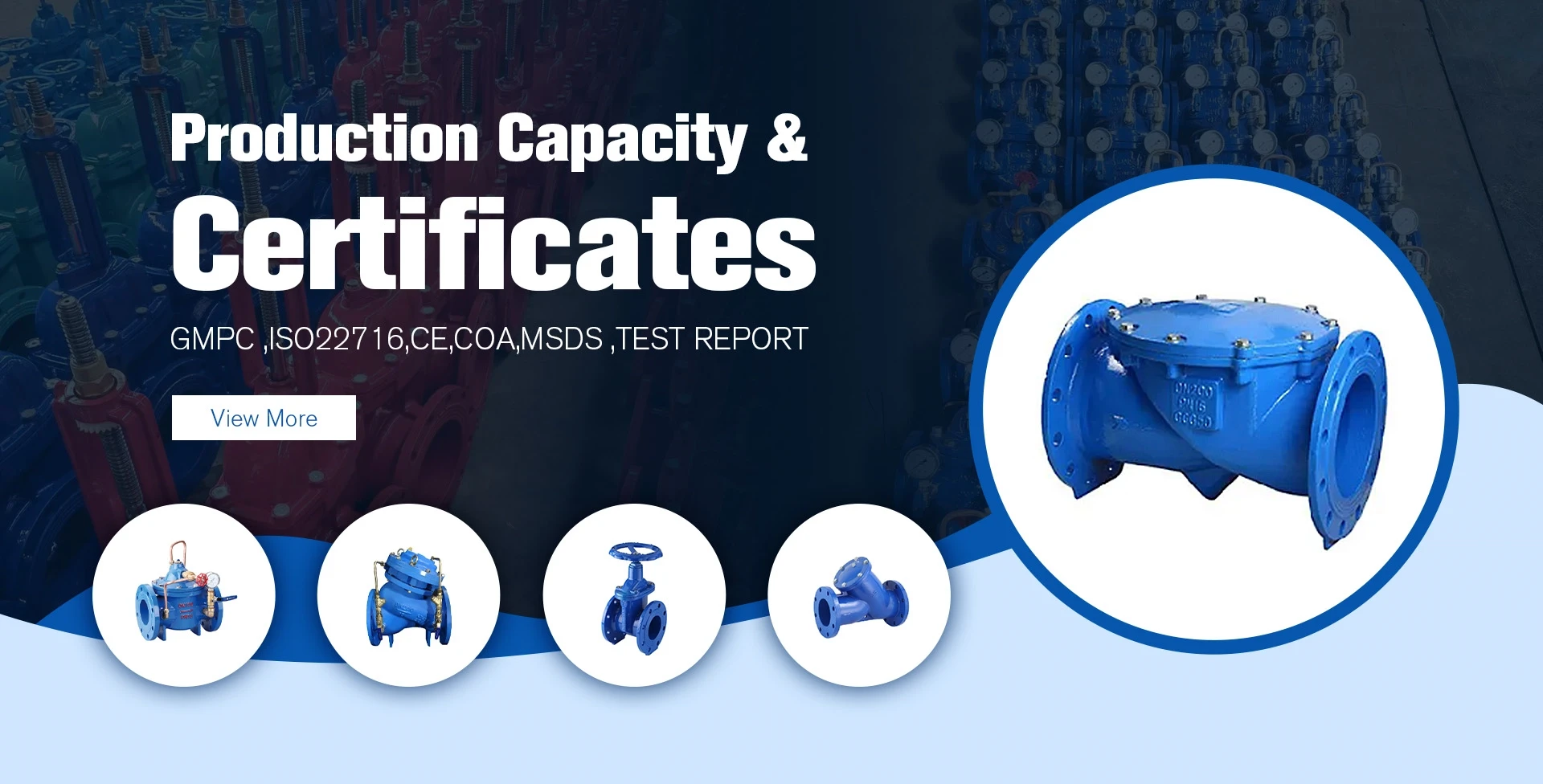តុលា . 16, 2024 20:16 Back to list
Understanding Hole Gauges and Their Applications in Precision Measurement Techniques
Understanding Hole Gauges A Comprehensive Overview
Hole gauges are essential precision measurement tools widely used in various industries, including manufacturing, engineering, and quality assurance. Their primary function is to assess the size and shape of holes in a variety of materials. This article delves into the various aspects of hole gauges, including their types, applications, advantages, and maintenance practices.
Types of Hole Gauges
There are several types of hole gauges, each designed for specific measurement needs
1. Go/No-Go Gauges These are the most common type of hole gauges used for checking hole diameters. The Go gauge should fit into the hole if the measurement is within tolerance, while the No-Go gauge should not fit if the hole is within specification. This binary approach simplifies the measurement process, making it efficient and reliable.
2. Tapered Plug Gauges These gauges have a tapered shape that allows for measurement of variations in hole size. They can easily indicate whether a hole meets the specified dimensions and can be used to detect irregularities or misalignments.
3. Digital Hole Gauges With the evolution of technology, digital hole gauges have emerged. These gauges offer digital readouts and can provide precise measurements, reducing human error. They often come equipped with features like data logging and the ability to connect to computers for analysis.
4. Internal Calipers While not traditional hole gauges, internal calipers are sometimes used for measuring the internal diameter of holes. They provide a different approach to measuring holes where high precision is required.
Applications
Hole gauges are used across various sectors. In manufacturing, they help ensure that components fit together correctly, which is crucial for the functionality of machinery and products. In quality control, hole gauges assist in verifying that the production process meets specified tolerances, which helps prevent defects and ensures customer satisfaction.
In industries such as automotive and aerospace, precision in hole dimensions can be the difference between safety and failure. Therefore, reliable measurement tools like hole gauges are indispensable in these high-stakes environments.
hole gauges

Advantages
1. Accuracy The primary benefit of using hole gauges is their ability to provide high levels of accuracy in measurements. This is crucial in industrial settings where even slight deviations can lead to significant problems.
2. Efficiency Hole gauges allow for quick checks of hole dimensions, making them an efficient tool in manufacturing processes. The use of Go/No-Go gauges, in particular, streamlines the measurement process.
3. Versatility Different types of hole gauges can be employed for various measurement tasks, making them versatile tools in any quality assurance toolkit.
4. Simplicity The design of hole gauges is typically straightforward, ensuring ease of use for operators. This simplicity fosters a quick understanding of how to use the tools effectively.
Maintenance
Proper maintenance of hole gauges is vital for ensuring their longevity and accuracy. Here are a few simple practices
- Cleaning Regularly clean the gauges to remove any dirt, oil, or debris that could affect their measurements. - Calibration Periodically calibrate the gauges to ensure they provide accurate readings. Follow the manufacturer's guidelines for calibration frequency and methods. - Storage Store hole gauges in protective cases to prevent damage from environmental factors or accidental drops.
Conclusion
In summary, hole gauges are crucial tools that enhance the precision and safety of manufacturing processes. Their ability to provide accurate and reliable measurements makes them invaluable in many industries. By understanding the types of hole gauges, their applications, and proper maintenance practices, professionals can ensure their reliability and longevity, ultimately contributing to higher quality standards in production.
-
Why Metric Trapezoidal Thread is Ideal for Precision Motion ControlNewsAug.05,2025
-
The Unique Properties of a Block of Granite for Industrial UseNewsAug.05,2025
-
The Role of Flanged Y Strainers in Preventing Pipeline ClogsNewsAug.05,2025
-
The Importance of Regular Calibration for Master Ring GagesNewsAug.05,2025
-
How a Cast Iron Surface Table Enhances Accuracy in ManufacturingNewsAug.05,2025
-
Comparing Different Check Valve Types for Optimal Flow ControlNewsAug.05,2025
Related PRODUCTS









